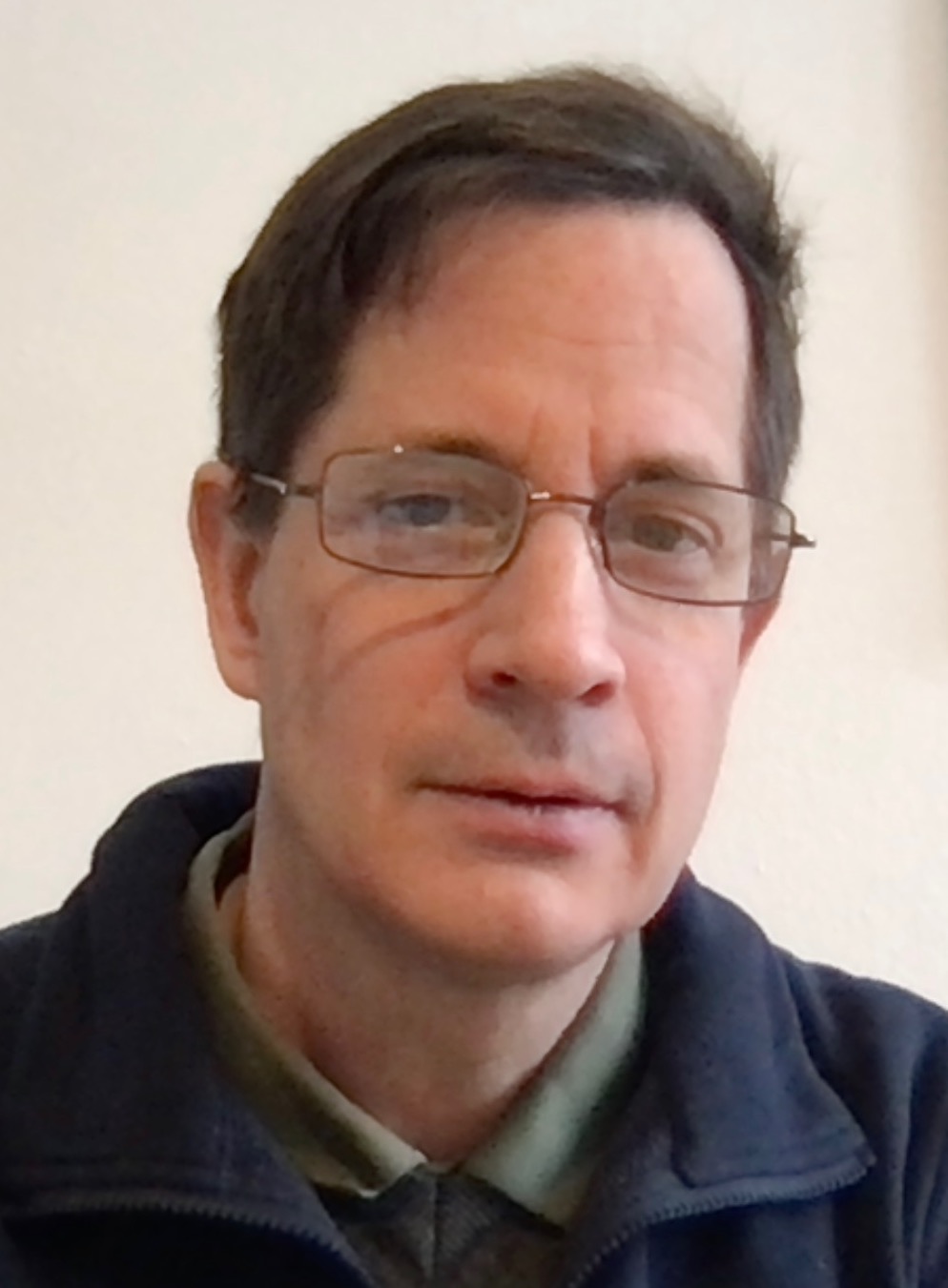The Theory of Causal Fermion Systems
Wave Function Collapse
Prerequisites
Continue Reading
Wave Function Collapse
It is an outstanding open problems of contemporary physics to reconcile the linear dynamics of quantum theory with the reduction of the state vector in a measurement process. Different solutions to this so-called measurement problem have been proposed, among them Bohmian mechanics, the many-worlds interpretation and objective-collape theories.
In [FKP24] is shown that, in the non-relativistic limit, causal fermion systems give rise to an effective collapse theory. In this way, the measurement problem is solved from first principles starting from a fundamental physical theory.
The causal action principle gives rise to corrections to the linear dynamics of Quantum Theory:
- Nonlinear corrections come about because the Euler-Lagrange equations are nonlinear equations.
- As shown in [F23], the linearized field equations in Minkowski space admit a multitude of solutions (→ construction of linear fields and waves). Describing all the linearized bosonic fields stochastically gives rise to stochastic corrections.
Working out the resulting correction terms in the non-relativistic limit, one gets the followig results: The dynamics of the statistical operator is described by a deterministic equation of Kossakowski-Lindblad form. Moreover, the quantum state undergoes a dynamical collapse compatible with the Born rule. The effective model has similarities with the continuous spontaneous localization model, but differs from it by a conservation law for the probability integral as well as a non-locality in time on a microscopic length scale $\ell_{\min}$.
More recently, in [FP25] it was shown that the collapse model coming from causal fermion systems does not give rise to a heating of the probe. This means in particular that, in contrast to the Diósi-Penrose model and the continuous spontaneous localization model, it predicts that the stochastic background should not lead to an emission of photons.

Felix Finster
Author